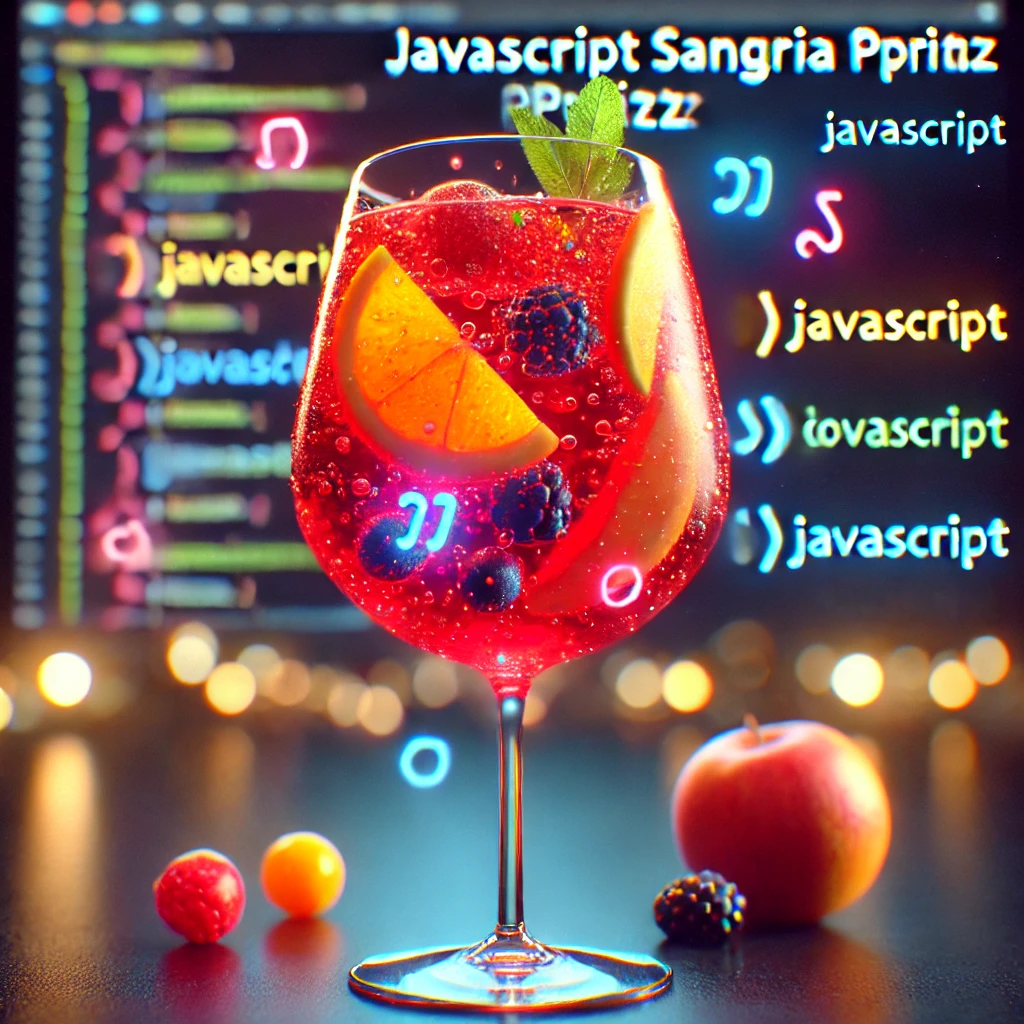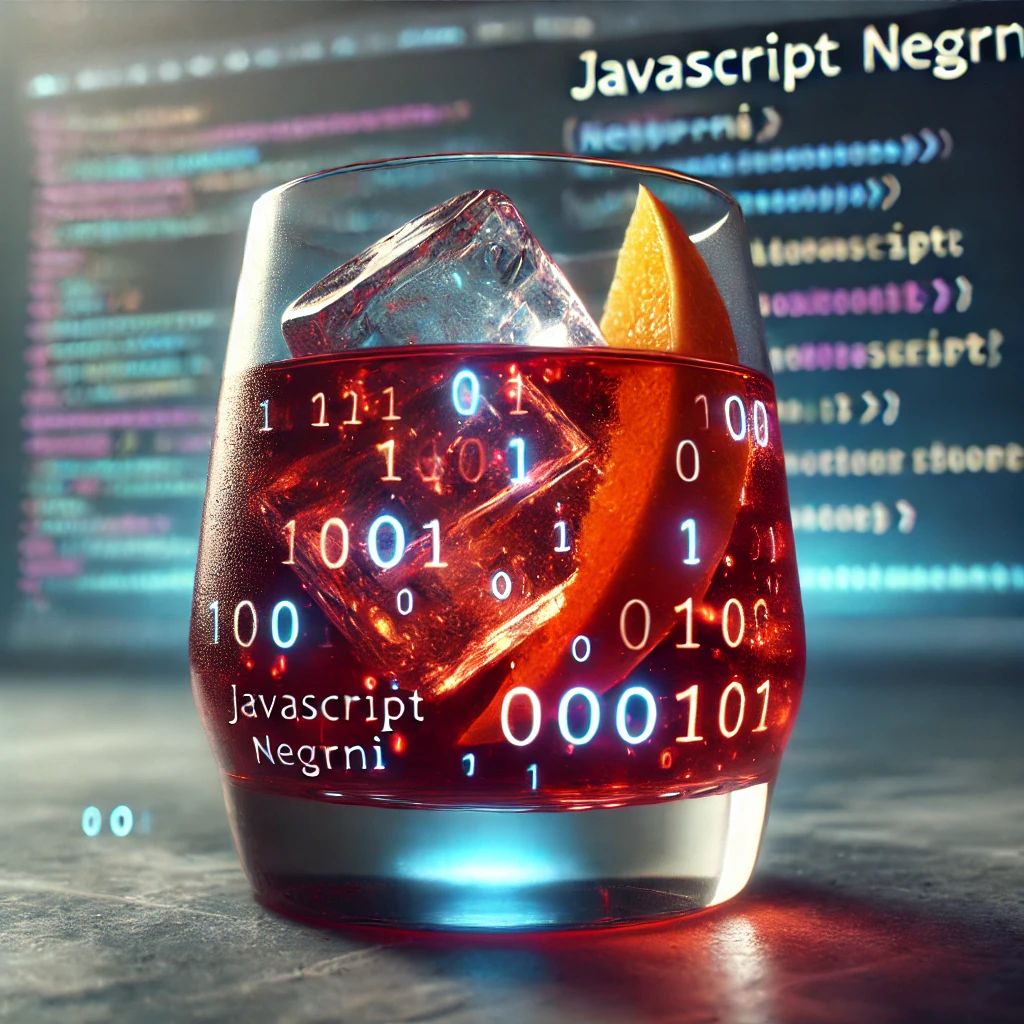Welcome to Your Magical Journey!
Welcome, young coder, to the enchanting world of JavaScript! Before we dive into the cauldron and start brewing our first magical spells, let’s take a moment to understand where this powerful magic comes from.
The Birth of JavaScript: A Tale of Magic and Necessity
Once upon a time, in the early days of the mystical web, websites were static, like unmoving pictures in a book. They lacked life, interactivity, and magic. But then, a great wizard named Brendan Eich, in the enchanted land of Netscape, decided to weave a spell that would bring life to these pages. In just ten days, he concocted a new kind of magic called JavaScript, a language that would forever change the way we experience the web.
JavaScript became the language of the web, allowing web pages to do more than just display static content. With JavaScript, the pages could respond to users, create dynamic content, and even perform complex calculations—all right there in the browser. And thus, a new era of interactive web began, filled with animations, games, and magical user experiences.
Gathering the Ingredients: Setting Up Your Cauldron
Before we begin crafting our first potion, we need to set up our magical workspace—our cauldron. For JavaScript, our cauldron is the web browser's console, a tool every modern browser provides for testing and running JavaScript.
To set up your cauldron, start by opening any modern browser, such as Chrome, Firefox, Safari, or Edge. Next, summon the console by pressing Ctrl + Shift + J (Windows) or Cmd + Option + J (Mac). This will open the JavaScript console—a mystical place where you can write and run JavaScript directly. Now, with your cauldron ready, you're set to brew your first spell!
Brewing Your First Spell: The console.log Spell
Let's start with the simplest spell in the JavaScript spellbook—console.log. Think of it as the basic stirring technique in cooking—it’s used to display messages on the console. It’s perfect for testing and seeing the results of your magic.
Recipe for console.log
To brew this spell, you need your cauldron (the JavaScript Console) and the console.log spell itself. With these ingredients ready, begin by opening your JavaScript Console as described earlier. Then, cast the spell by typing the following command into the console:
console.log('Hello, Magical World!');Upon pressing Enter, the console will display: Hello, Magical World!. Just like that, you've cast your first JavaScript spell! The console.log command works like a magic mirror, showing you the message you input. In this case, it displays a warm greeting from the JavaScript realm.
Understanding the Spell: A Breakdown
The magic behind console.log is simple yet powerful. The console is your tool—your magical mirror—that shows you what's happening behind the scenes. The log is the command that instructs the console to display, or "log," something. The message you want to show, like 'Hello, Magical World!', is enclosed in quotes, akin to a potion safely stored in a bottle.
Magical Variations: Experimenting with console.log
As in cooking, you can experiment with different ingredients. For example, you might try logging a number to see what happens:
console.log(42);This will simply show the number 42—the answer to the ultimate question of life, the universe, and everything!
You can also mix multiple ingredients together:
console.log('The answer is', 42);This displays: The answer is 42. Moreover, JavaScript can perform calculations, so try this:
console.log(5 + 7);And watch as it shows 12, the result of the sum.
A Word of Wisdom: Understanding Your Powers
As you stir your cauldron and brew more spells, remember that JavaScript is case-sensitive. That means Console.Log is not the same as console.log. It’s like knowing that a pinch of salt is different from a spoonful—both are important, but they serve different purposes!
Your First Challenge: Mix Your Own Message
Now it's your turn, dear wizard! Open your cauldron and try mixing your own message with console.log. What will you say? Will you greet the world, announce your presence, or declare your magical ambitions? The choice is yours!
Once you've mastered this, you’ll be ready to move on to more complex spells and ingredients. Remember, every great wizard starts with the basics. The more you practice, the more powerful your magic becomes.

















